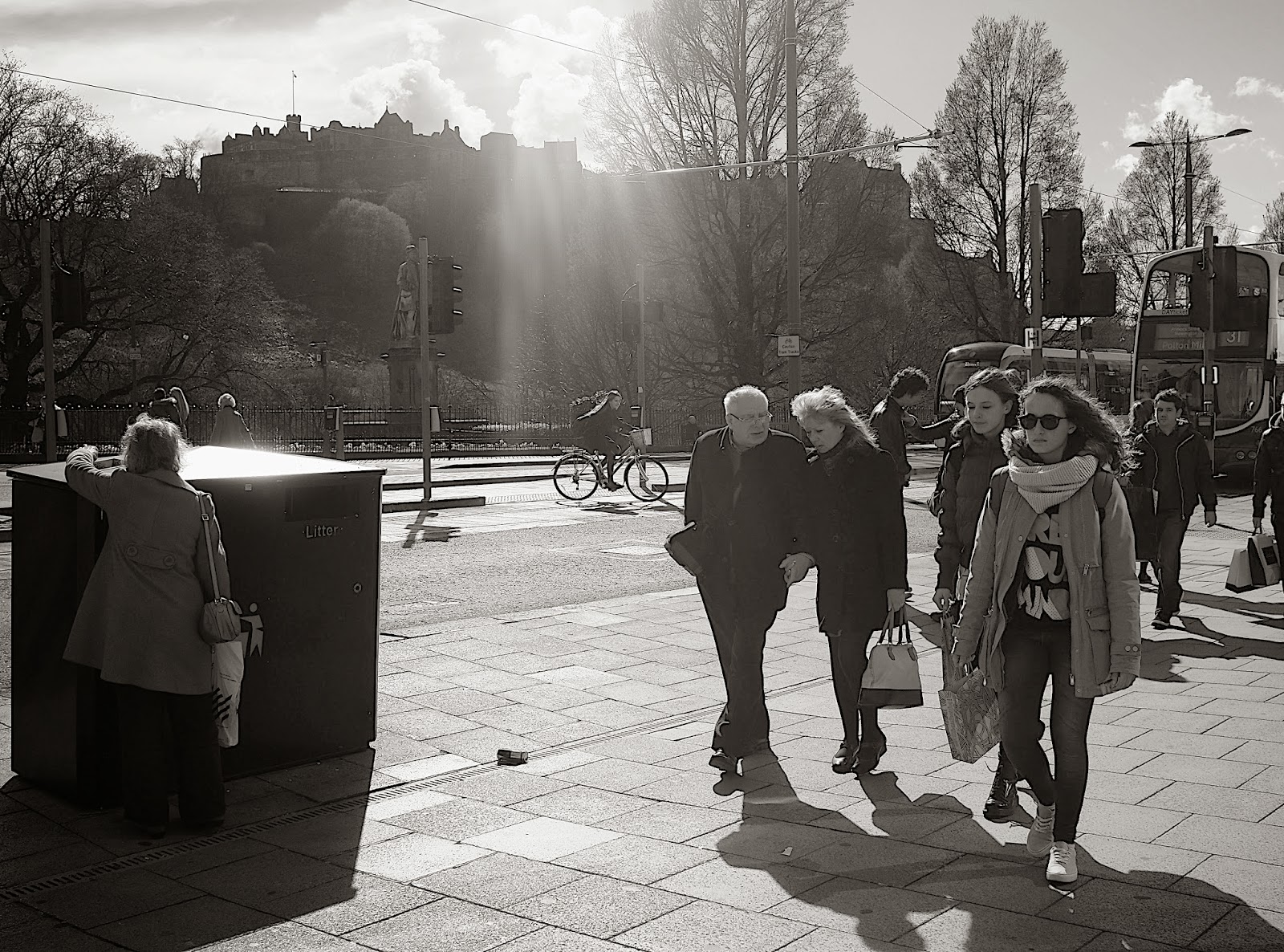I’m currently reading two excellent books on street photographer Vivian Maier: Vivian Maier, Out of the Shadows and Vivian Maier, Street Photographer, (both of which I recommend highly).
Vivian Maier, Out of the Shadows is the longer book, at 288 pages, three hundred images, and a fair amount of biographical text.
Vivian Maier, Street Photographer has 123 pages and fewer photographs (and less text), but the book is larger in format and (to my mind) contains the better images.
Out of the Shadows reveals how Vivian would leave the Highland Park Chicago home where she was a nanny then, after leaving her charges at school, head downtown with her Rolleiflex medium-format camera loaded with one 12-frame roll.
One such expedition in 1963 begins with a shot of children at the school entrance, and ends eleven frames later in downtown Chicago. During this time Vivian takes a variety of pictures from many different vantage points.
Looking at the final tally, I’d say the roll yielded eight above-average images.
Although Vivian was constrained by the number of photos she was able to take, she nonetheless managed to make every frame count.
Contrast that with today. Shooting digitally, street photographers have no limitations. A typical photo walk of mine might yield around 150 images, only ten per cent or less of which could be keepers.
The lesson? I guess it might be to look more and shoot less ...
 |
| The big picture ... |
 |
| Concentration |
 |
| Quartet |
 |
| Eye-catching ... |
 |
| Stuck for time (little hand at five o' clock) |
 |
| Subtext |
 |
| Runners |
 |
| Flare/Flair |













